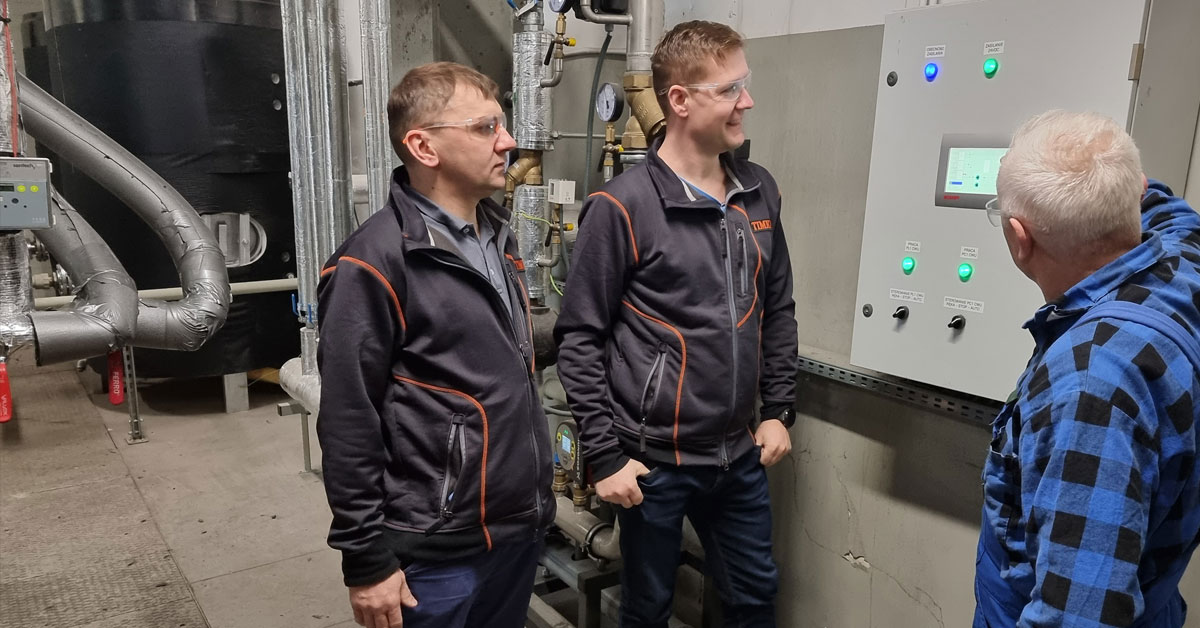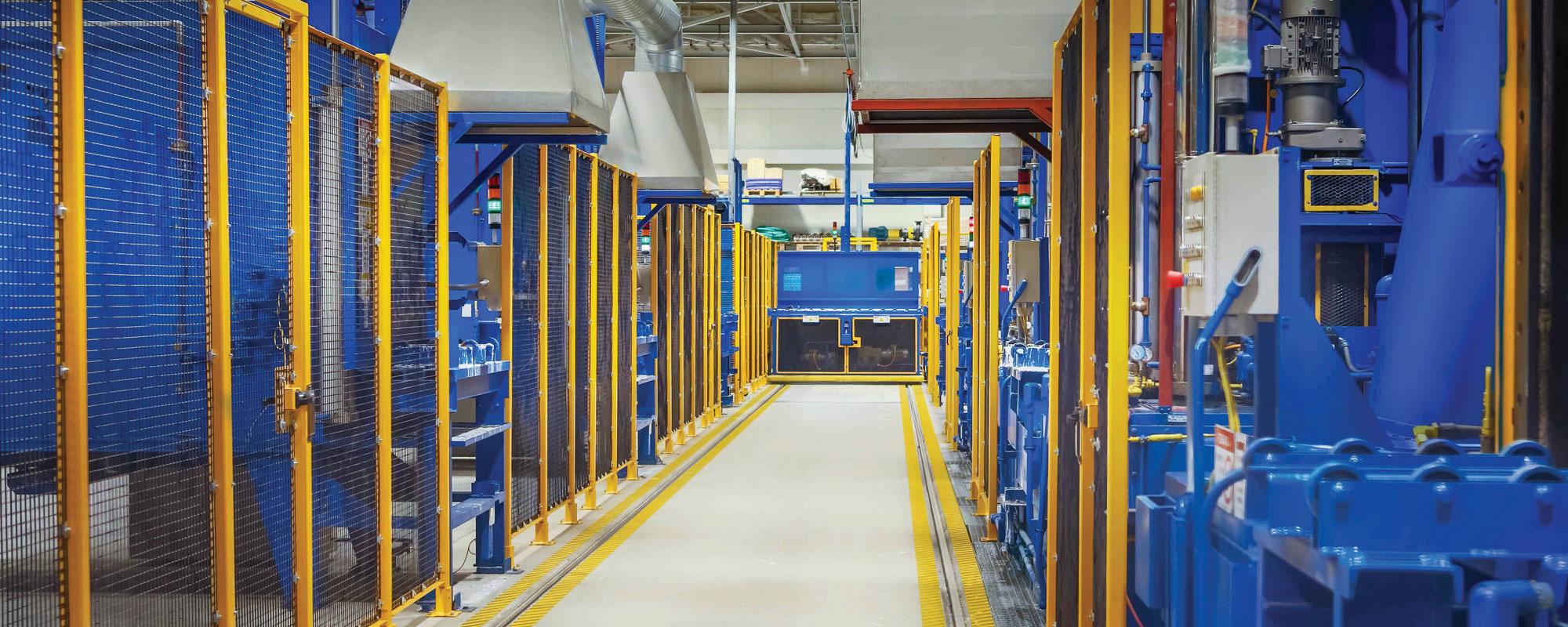Responsibility
Manufacturing a More Sustainable Future
Reimagining Energy Use
Timken expertise contributes to a myriad of sustainable technologies, from power-dense bearings for improved electric vehicle efficiency to precision motion control solutions that enable solar power. Yet the company’s environmental commitment begins in its own manufacturing operations around the world.
There, Timken technical problem solving helps the company operate more sustainable production facilities that run more efficiently and support healthier communities. Marius Mazur, Timken’s manager of environmental, health and safety (EHS) systems in Sosnowiec, Poland, explains how innovative air compressors in his plant help manufacture products, heat the building and reduce greenhouse gas emissions.
“Essentially, we capture heat generated by the compressors and redistribute it throughout the facility during cold-weather months,” says Mazur, who joined Timken 17 years ago as a quality operator and has held positions in quality and facility management. “It reduces our annual greenhouse gas output generated from heating by 17%.”

Tomasz Pniak, facility engineer; Mariusz Mazur, manager – EHS systems; and Andrzej Wątor, maintenance technician, examine the system that collects heated water to be redistributed throughout the plant.
“We have an equally environmental and economic point of view. We’re more eco-friendly and use less resources to operate more efficiently throughout the facility. Small improvements together make a big difference for our facility, community and the environment.”
Marius Mazur
EHS Manager
‘More than enough thermal energy’ generated by equipment
Timken is committed to corporate social responsibility, and the company’s specialized expertise and desire to be positive stewards of the environment have enabled it to advance solutions that reduce manufacturing’s environmental impact, globally and locally, through the latest process and equipment innovation.
Timken’s Sosnowiec facility has used air compressors for a vital purpose — to help power equipment used in many different bearing production processes. Initially, the facility utilized water-cooled air compressors to support the high-horsepower needs of its equipment.
Since then, other air compressor innovations have emerged that conserve water and electricity while offering greater operational efficiency. Recognizing this, the facility’s team began to rethink how it uses air compressors. Could an alternative system be used to help heat the building? Use less electricity and water? Operate more efficiently? The answer to all those questions was “absolutely.”
A few months ago, the Sosnowiec facility transitioned from water-cooled air compressors to advanced air-cooled air compressors. These units use air instead of water for cooling, and generate significant heat in the process. Air-cooled circuits reduce the hot air with a fan and radiator. The heat loss is then recovered and redistributed as sustainable, economical heating throughout the building.
“Our new air-cooled compressors produce more than enough thermal energy to keep everyone warm,” Mazur says. “Employees actually asked us to turn down the heat, which we viewed as really positive feedback.”
Green energy, more efficient manufacturing
The switch also uses less electricity, further reducing the site’s carbon footprint annually. And, the new air compressors contribute to greater manufacturing efficiency.
Instead of being installed in a single station like the original water-cooled units, three air-cooled units operate independently to power equipment in three different zones throughout the 50,000 square-meter facility. This decentralization ensures most manufacturing processes can still run even if one air compressor and equipment in its corresponding zone goes offline.
The initiative has been so successful that Timken is looking forward to implementing it to reduce energy consumption and greenhouse gas emissions at additional locations.
Incremental improvements make big impact
Today, the Sosnowiec facility uses the excess thermal energy not used for heating the plant to warm up water for sanitary consumption, like washing hands and cleaning. In 2020, the facility used 200 gigajoules of energy for this purpose; last year, it only used 11 gigajoules.
Mazur notes that other recent initiatives included a migration to light-emitting diode (LED) lighting and upgrading cooling station pumps for greater electrical efficiency.
“We have an equally environmental and economic point of view,” he says. “We’re more eco-friendly and use less resources to operate more efficiently throughout the facility. Small improvements together make a big difference for our facility, community and the environment.”
The global Timken EHS team collaborates with local manufacturing facilities to collect and analyze data for a complete picture of how the company’s high EHS standards play out in real life. Learn more here.
Last Updated: 2024/01/2
Published: 2023/12/30
